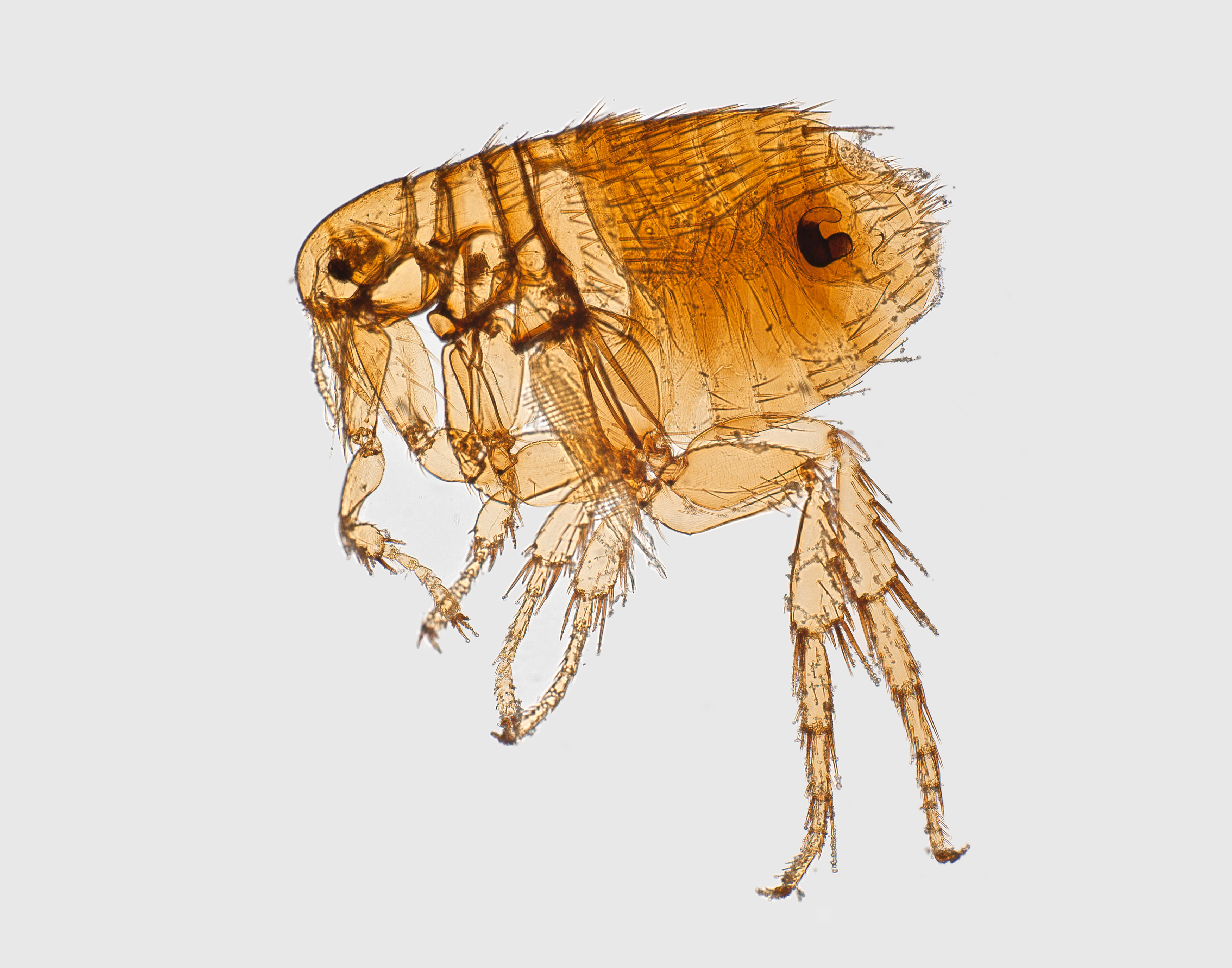Azithromycin inferior to doxycycline for uncomplicated murine typhus
Recent findings from a randomized controlled trial in Laos showed azithromycin is inferior to doxycycline as oral therapy for uncomplicated murine typhus.
The results further demonstrated that the efficacy of a shorter, 3-day regimen of doxycycline was similar to a 7-day treatment course, according to Paul N. Newton, BM BCh, DPhil, MRCP, DTM&H, of the Lao-Oxford-Mahosot Hospital-Wellcome Trust Research Unite at Mahosot Hospital, and colleagues.
Murine typhus is a flea-borne neglected tropical disease caused by Rickettsia typhi. Symptoms may include fever and chills; body aches and muscle pain; loss of appetite; nausea; vomiting; stomach pain; and rash, according to the CDC. Most cases are mild, but it can cause severe disease, such as meningoencephalitis and pneumonitis.
Rats are the main reservoir of murine typhus in most parts of the world. However, domestic cats and opossums have been linked to cases in the United States. Because murine typhus is not a nationally notifiable disease, there are limited data on its prevalence in the U.S., a CDC spokesperson told Infectious Disease News. Most cases are reported in California, Hawaii and Texas.

Although murine typhus is commonly treated with doxycycline, there have been no previous randomized clinical trials assessing appropriate therapy options and duration. To address this, Newton and colleagues conducted a randomized, open-label clinical trial to investigate optimal treatment durations for doxycycline and the efficacy of azithromycin as an alternative treatment option. The researchers randomly assigned adult patients from two hospitals in Laos to receive:
- 200 mg of doxycycline followed by 100 mg every 12 hours for 7 days (D7 group);
- 200 mg of doxycycline followed by 100 mg every 12 hours for 3 days (D3 group); or
- 500 mg of azithromycin followed by 250 mg every 24 hours for 2 days (A3 group).
Of the 216 patients enrolled in the study, 158 were confirmed to have murine typhus with indirect immunofluorescence assays, PCR assays or both.
Overall, the treatment failed 20 patients. The risk for treatment failure was greater among those in the A3 group (22.5%) than those in the D7 group (1.4%) and D3 group (4.2%).
Among PCR-positive patients, the area under the time-fever curve and time to fever clearance was 1.8-fold and 1.9-fold higher in the A3 group than the D3 group, and 1.5-fold and 1.6-fold higher in the A3 group than the D7 group. Outcomes were similar among patients in the D3 and D7 groups, according to the researchers.
“Although the D3 group had longer fever clearance times, higher treatment failure frequency and larger AUC than the D7 patients, there were no significant differences, suggesting that 3 days of doxycycline is adequate for treating uncomplicated murine typhus in Lao adults,” Newton and colleagues wrote. “Due to our limited understanding of the geographical variability and human susceptibility of R. typhi, this conclusion can only be generalized with caution.” – by Stephanie Viguers
Disclosures: The authors report no relevant financial disclosures.
